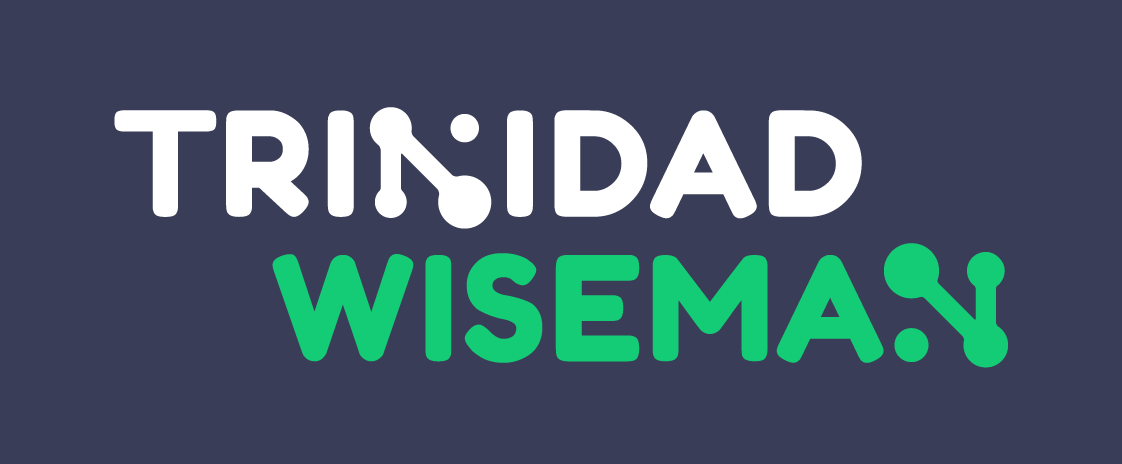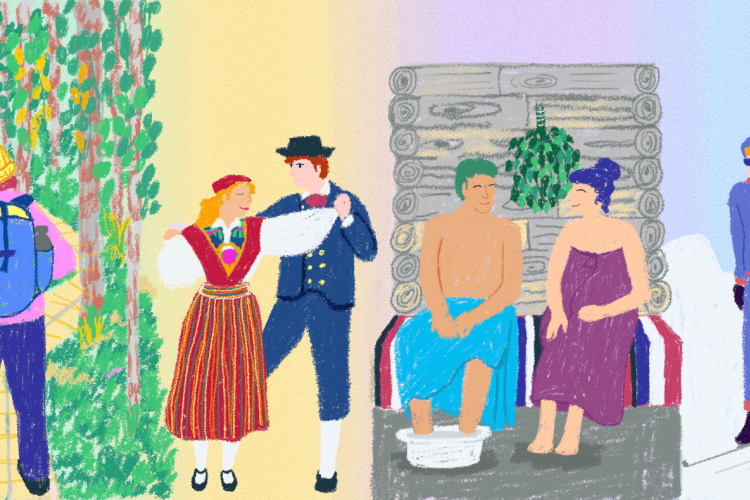Updating the existing system: the case of Tourism Information System 2.0 (Kuldmuna - 3rd place)
The development project of the new Visit Estonia portal was awarded third place in the Website category at the 2025 Kuldmuna competition. In our blog, we discuss the example of updating the Visit Estonia website and its content management system, exploring what it means to create a new version from an existing solution and how to tackle potential challenges. The goal of the project was to create a new user-friendly environment that aligns with the organization's expectations.






